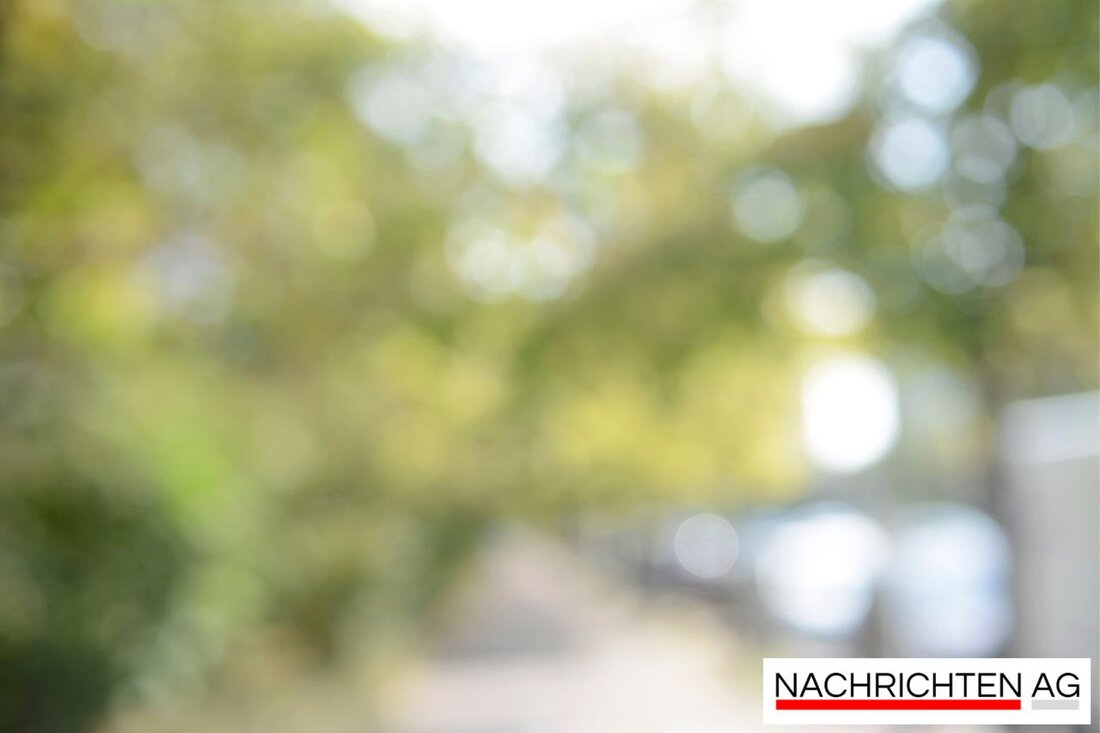Donation of the century: Braunschweig's masterpieces from private hands!
Find out how the Herzog Anton Ulrich Museum in Braunschweig unexpectedly received 19 Dutch masterpieces.

Donation of the century: Braunschweig's masterpieces from private hands!
In an unexpected stroke of luck for the Herzog Anton Ulrich Museum in Braunschweig, a remarkable treasure is unearthed: nineteen paintings by Dutch masters were inherited by a married couple, and the donation is already being celebrated as a “donation of the century”. Museum director Thomas Richter reveals that he did not have great expectations when he visited the Kornrumpf family's Hanover apartment, but the discovery of the valuable pictures that the doctor couple had collected over decades made a deep impression on him.
The works that now enrich the museum date from the 17th and 18th centuries and depict a variety of subjects, including winter landscapes, forests and rivers. Among the well-known painters are names such as Salomon van Ruysdael and Jan van Goyen. The diversity of the artists is particularly exciting, as two thirds are less well-known, which makes the collection all the more interesting. These valuable pieces will now be examined from an art historical perspective to determine their place in history.
Art historical significance and future exhibitions
In one to two years, the museum is planning a special exhibition to make the paintings accessible to the general public. This initiative fits perfectly with the legacy of the Herzog Anton Ulrich Museum, which was opened in 1754 and now houses not only a renowned picture gallery but also a department for applied art and sculpture. It is one of the oldest museums in Europe and was founded by Duke Carl I of Braunschweig-Lüneburg.
Dutch painting has a particularly high status in art history. In the 17th century alone, the Golden Age of Dutch painting, a small European country created around 70,000 paintings a year. This remarkable production power can be seen, among other things, in the Museum of Fine Arts in Leipzig, which has a collection of around 400 Dutch paintings. The works there, from portraits from the 15th century to the most recent works from around 1800, show the diversity and development of Dutch art over the centuries.
In summary, the donation to the Herzog Anton Ulrich Museum shows that interest in Dutch painting remains unbroken. This offers art lovers an exciting opportunity not only to appreciate the donation, but also to discover other treasures of Dutch painting. With this in mind, it is to be hoped that many people will admire the new and historical works in the upcoming exhibitions.
If you would like further information about Dutch painting and its historical development, you can inquire here. For details about the donation and the Herzog Anton Ulrich Museum, I recommend taking a look at [Deutschlandfunk Kultur](https://www.deutschlandfunkkultur.de/jahr Jahrhundert-schenkung-fuer-braunschweiger-museum-102.html).

 Suche
Suche
 Mein Konto
Mein Konto